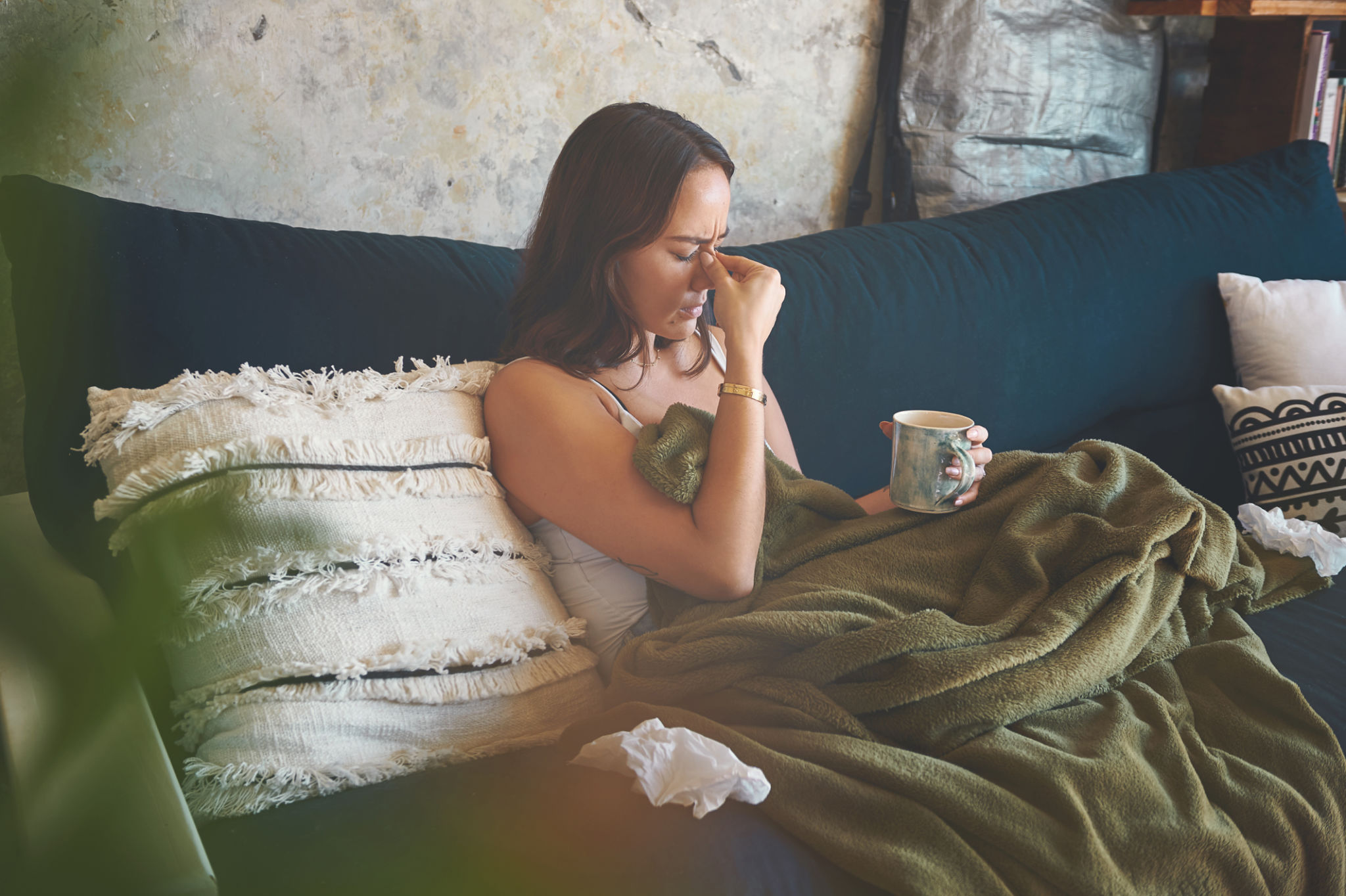DIY Herbal Tea Blends: Crafting Your Perfect Cup for Mind and Body
Introduction to DIY Herbal Tea Blends
There's something uniquely satisfying about crafting your own herbal tea blends. Not only do you get to tailor each cup to suit your preferences, but you also benefit from the therapeutic properties these natural ingredients offer. Whether you're seeking relaxation, a boost in energy, or just a delightful flavor combination, DIY herbal teas are a rewarding way to support your mind and body.

Understanding the Basics of Herbal Tea
Before diving into the art of blending, it's essential to understand what constitutes an herbal tea. Unlike traditional teas that come from the Camellia sinensis plant, herbal teas are infusions made from various parts of plants such as leaves, flowers, seeds, or roots. Each component brings its own set of benefits and flavors.
Commonly used base ingredients include chamomile, peppermint, and rooibos, each offering unique properties. For instance, chamomile is known for its calming effects, while peppermint can aid digestion. Rooibos, rich in antioxidants, is caffeine-free and adds a subtle sweetness to blends.
Gathering Your Ingredients
Creating the perfect herbal blend starts with sourcing quality ingredients. You can purchase dried herbs from reputable suppliers or grow and dry your own. Ensure that all herbs are organic and free from pesticides to maximize their health benefits. When choosing ingredients, consider both the flavor profile and the health benefits they provide.

Some popular herbs to consider include:
- Lemon Balm: Great for stress relief and improving mood.
- Ginger Root: Known for its anti-inflammatory properties and digestive aid.
- Lavender: Offers a soothing aroma and can help with relaxation.
Crafting Your Blend
When crafting your blend, think about the purpose of your tea. Are you looking for something to help you unwind after a long day? Or maybe an energizing blend to start your morning? Once you know the purpose, select your base herb and add complementary flavors and benefits with other herbs.
A simple method to begin blending is using the "3-2-1" rule: 3 parts of a base herb, 2 parts of a secondary herb that supports your main goal (like relaxation or digestion), and 1 part of an accent herb for flavor or aroma. This creates a balanced yet customizable tea experience.

The Brewing Process
Once you have your blend ready, it's time to brew! Use about one teaspoon of your blend per cup of water. Pour boiling water over the herbs and let them steep for at least five minutes. Adjust the steeping time based on your taste preference; longer steeping can result in a stronger flavor.
If you're new to herbal teas, start with smaller quantities until you find the right strength that suits your palate. Remember that some herbs may have potent flavors or effects, so it's best to experiment with smaller doses initially.
Experiment and Enjoy
The beauty of DIY herbal tea blending is the endless possibilities it offers. Don't hesitate to experiment with different combinations until you find your perfect blend. Keep a journal of your creations, noting down the ingredients, quantities, and effects each blend has on your mood and body.
Not only does this practice allow you to enjoy personalized tea experiences, but it also provides an opportunity to be mindful of what you're consuming and how it affects you. With time, you'll become more attuned to your body's needs and preferences.

Conclusion
Crafting herbal tea blends is a delightful journey of discovery that nurtures both mind and body. It allows you to connect with nature's bounty while enjoying a soothing cup tailored just for you. So gather your favorite herbs, let your creativity flow, and embark on this aromatic adventure. Your perfect cup of tea awaits!